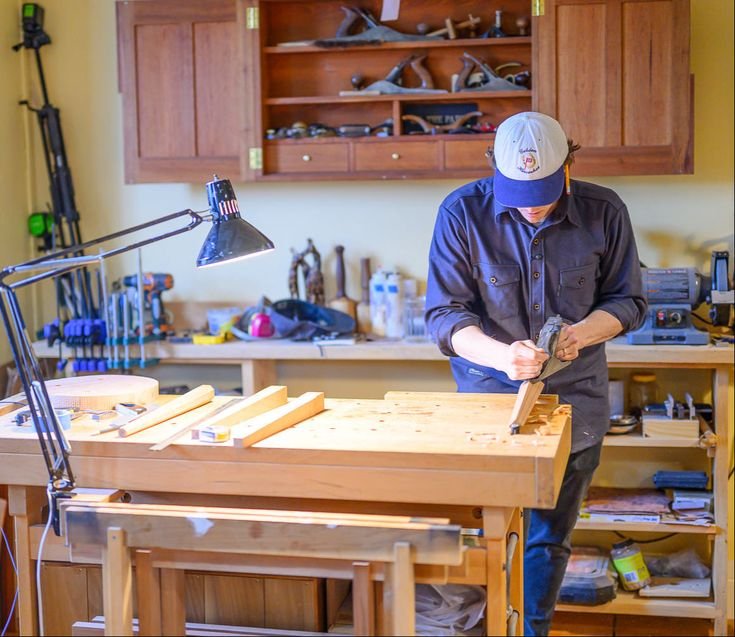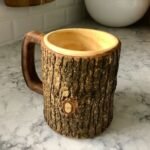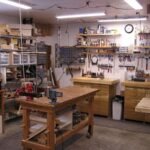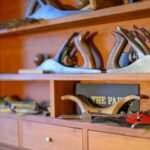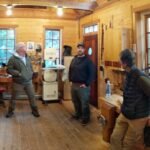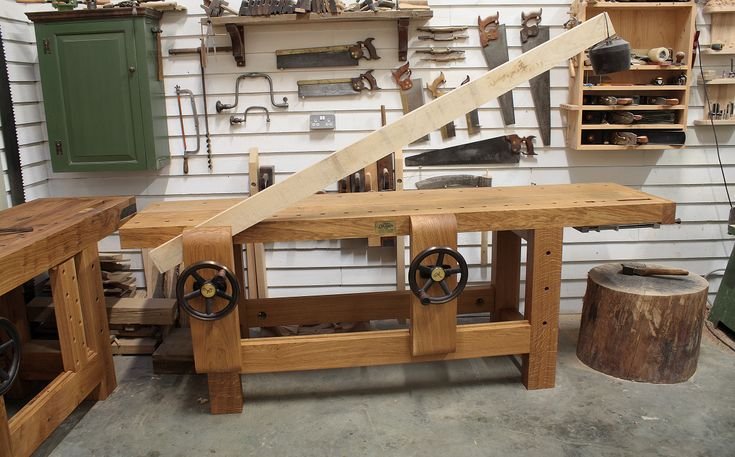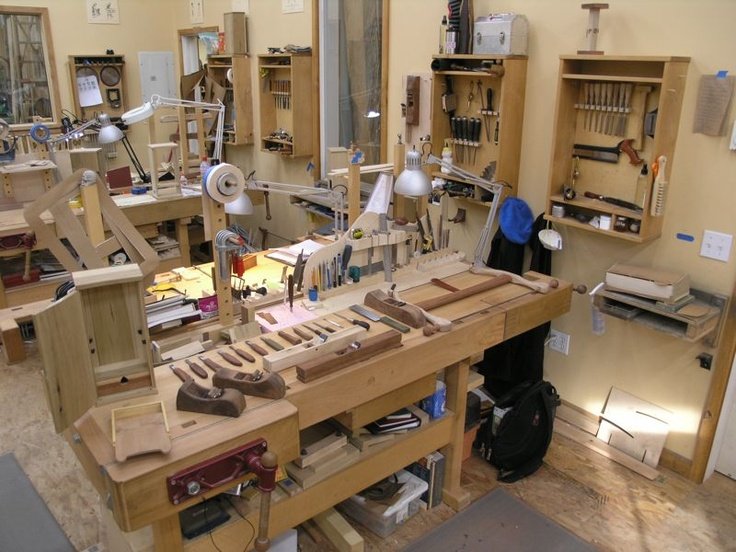A Journey into Hybrid Woodworking
You know, I always thought wood was wood. Honestly, I was surprised to learn just how much it could actually change a project. Sitting there in my little garage shop, with that smell of freshly cut pine in the air, I often find myself reminiscing about the first time I really dug into hybrid woodworking. It’s like the universe threw a curveball at me, and I was left standing there, wood stain on my hands and a puzzled look on my face.
So, it all started when I decided to build a coffee table. Yeah, I know, not the most original idea, but it seemed manageable at the time. I was inspired by some fancy magazine I threw across the living room one day. The table they had was a blend of both hardwood and softwood, and oh, it looked stunning. Naturally, I thought, “How hard could that be?” The answer? A lot harder than I expected.
The Materials Were a Trip
My first mistake was thinking that I could just waltz into the lumber yard and pick out whatever caught my eye. Haha, boy, was I in for a surprise. I went for a gorgeous piece of oak for the frame and decided to mix in some pine for the top. The moment I started working with the oak, I realized I probably should’ve read a little more about the differences in wood types. The oak was like a stubborn old man, so dense and unforgiving. And then there was the pine. Soft, sweet-smelling pine that almost felt like a cozy blanket compared to the oak’s rigidity. You could almost hear it sigh when I cut it.
I remember the first time I tried to join the two. The sound of the router was almost like music to my ears, but it quickly turned into a clashing disaster—like a choir that forgot its harmonies. I had splintered the edges of the pine while trying to match it up with the oak, which wasn’t too hard to do once I found my rhythm. It broke my heart a little, feeling wasted.
Embracing the Mismatches
So, there I was, staring at that useless pile of wood that I could’ve sworn looked perfect in my mind’s eye. I almost gave up, tossed it all in the corner, and bought a “no-fail” dining room set from the local furniture store instead. But after a couple of cups of coffee and a good talk with my trusty old dog, Rufus, who doesn’t seem to offer much advice aside from drooling at my feet, I thought, “Why not embrace the chaos?”
So that’s when I decided to get a little creative. If the oak wouldn’t play nice with the pine, maybe they could coexist in a different way. I found some wood glue that promised to be the superhero of my project. Anderson’s Adhesives, I think it was. I swear, you could smell the “I-want-to-stick-everything-together” aura radiating off that bottle. I started to glue and place those mismatched pieces together like an artist playing with whatever colors she had on hand.
A Moment of Truth
The real moment came when I had to sand everything down. I envisioned that smooth, flawless finish, but boy, was I in for another surprise. The sound of the sander growling at me—like a monster that was angry it wasn’t fed—brought my dreams back to reality. I nearly lost my hearing in that little shop, but I persisted. Slowly but surely, the roughness began to give way to a soft touch. And that’s when it happened—the moment I almost laughed out loud while working.
I put my hand on that tabletop after sanding it down, and it felt right. Sure, it wasn’t flawless, but it had character. You could see the oak’s stubborn lines juxtaposed with the soft curves of the pine. I chuckle now thinking about how I had spent hours worrying over it all.
The Finish Was the Best Part
When I finally got to the finishing touches, it was like painting a masterpiece with all the little mistakes that made it truly unique. I chose a natural oil finish, something that’s supposed to bring out the natural beauty of the wood without masking it. As I applied it, the room filled with that earthy scent that made my heart sing. It felt grounding, like coming home after a long day.
The whole process took much longer than I thought it would, and I think I consumed more coffee than I care to admit. But every brushstroke was a labor of love as I watched the woods come together. I stepped back and thought, “Hey, this thing might actually look good.”
A Lesson Learned
And you know what? When it was all said and done, I was left with a hybrid coffee table that had a personality all its own. Sure, it wasn’t perfect, but it had that real, lived-in vibe that store-bought could never touch. There’s something gloriously raw about making something with your own two hands. And I hoped the first scratch it would receive from a coffee cup wouldn’t scar it, but rather just add to its story.
So here’s my takeaway for anyone considering diving into hybrid woodworking—don’t stress too much about the mistakes. Trust me, they’ll happen, and they might just lead you down a path you didn’t see coming. If you’re thinking about trying this, just go for it. Embrace the chaos, let the wood speak to you, and don’t let a few scrapes and bumps derail your vision. Life’s too short to have a boring coffee table, you know?

